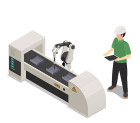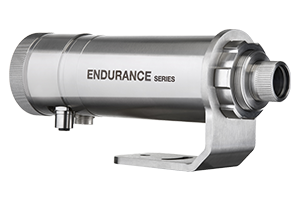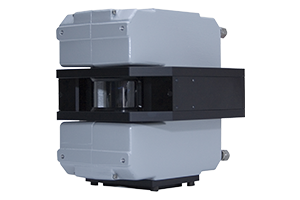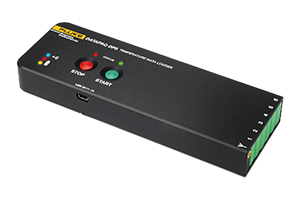
-

 Battery material production
Battery material production

Anode material graphite purification


By using graphite of high temperature resistant properties, of impurities under the high temperature of a temperature measuring instrument need long time test temperatures above 2000 degrees, even under extreme article a need to test a temperature higher than 3000 degrees.
The diaphragm manufacture/diaphragm tensile process temperature well test/control


Diaphragm used to separate the battery positive and negative, must make the electrolyte ions can pass at the same time, its performance directly affects the battery internal resistance and interface structure of diaphragm in the process of the lift, temperature uniformity of the diaphragm performance, especially the diaphragm capacity, cycle life and security features have a direct impact, by testing the temperature uniformity of improve the control on the properties of the diaphragm.
-

 Monomer battery assembly
Monomer battery assembly

Electrode coating and drying temperature


Lithium battery electrode coating is refers to the negative electrode paste evenly coated on the anode materials is, directly affect the capacity and the safety performance of lithium-ion batteries, coating process should avoid impurity effect, at the same time, the current popular extrusion type coating and extrusion coating process are higher requirements on temperature, the temperature will directly affect the drying efficiency and peel strength of coatings and substrate.
Pole piece rolling temperature measurement


Battery pole piece rolling is on the positive and negative plate material compaction process, increase the positive or negative material compaction density, to increase the discharge capacity of the battery, reduce the internal resistance, in order to reduce the loss of polarization, extend the cycle life of battery.Battery pole piece of the compaction density is very important, affected by the temperature of the roll rolling, so need to roll temperature real-time monitoring.
Very ear welding


High temperature condition, the copper and aluminium pole ear welded to the equipment, temperature control directly affect the welding quality, therefore need to detect and control the welding temperature, avoid empty welding, as well as the virtual welding.
Lithium battery vacuum drying


Lithium-ion battery batteries after encapsulation, the electrolyte injection of batteries, must be thoroughly after water before the injection liquid, in order to avoid the battery state of trace amounts of water and battery cathode (class lithium metal properties), the process requires control process temperature between 90-110 degrees, to ensure that the correct humidity and moisture content on anode materials are.
-

 The performance of the battery monomer check
The performance of the battery monomer check

OCV, ACR, shell voltage testing


OCV/ACR/shell voltage test at present stage in the same test board to complete the test.RongHuaCheng stages lithium batteries will be aging test, inside the battery will have crystal precipitation, during this kind of phenomenon will cause degradation and even the risk of short road in the future, so every once in a while is needed in making the test battery open circuit voltage (OCV) to determine the internal aging trend.Molding and qualified batteries need to be filtered by testing resistance (ACR), through strict screening process high consistency of battery as a class, preparing for a subsequent module encapsulation.Tests used to detect battery shell is negative between the shell and the existence of a crack, to determine if there is a defective insulation inside the battery.
OCV temperature testing


OCV to at the same time focus on the open circuit voltage of batteries, battery temperature changes, such as batteries elevated temperature anomaly is detected, then the risk of short circuit batteries exist.
-

 Battery module performance tests
Battery module performance tests

Batteries and the temperature of the module test


To balance control of heating/cooling, temperature monitoring to ensure the quality and safety performance, and provide reference for the thermocouple loading installation.

How to grab the lithium electricity industry certainty opportunities?
Immediately for solution
In the "carbon neutral" and "carbon peak" double carbon targets, energy production and consumption worldwide is expected to usher in change, lithium electricity industry as an important anchor point in the new energy industry chain, deterministic opportunity has arrived.
Free download "fluke application of new energy industry handbook"



 Online customer service
Online customer service
 return
return














